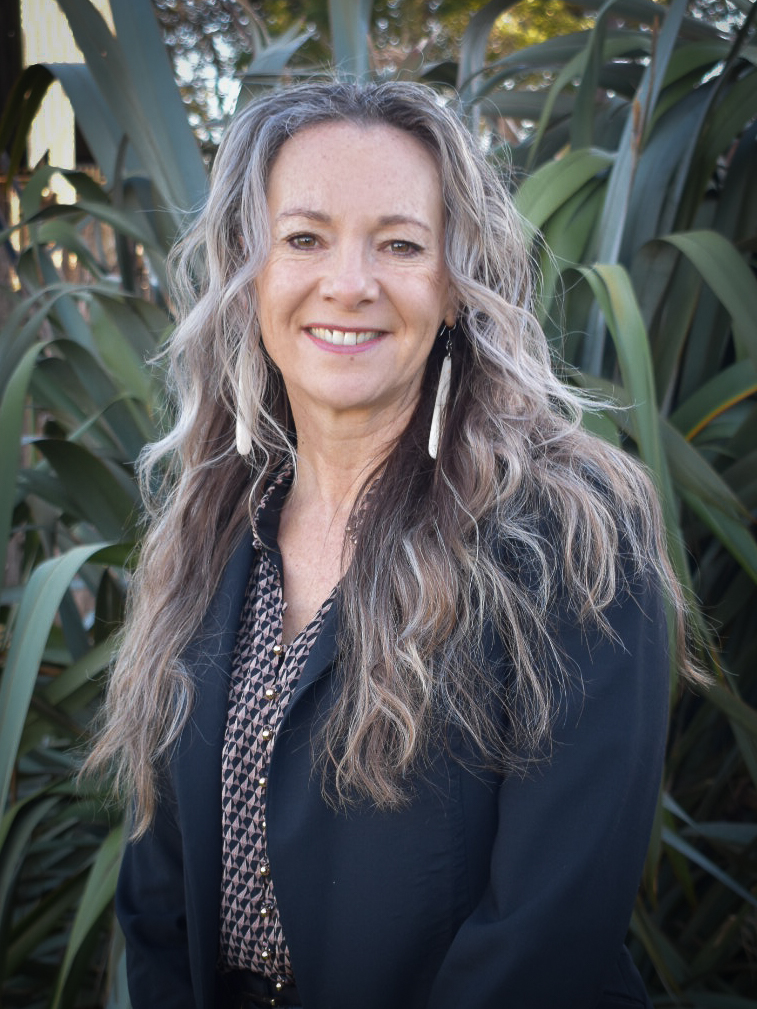I am from a Māori kainga on the southern shores of the Whangārei harbour. I grew up in Tai Tokerau and enjoyed my school years at Motatau Primary and Bay of Islands College. In the 1990s, I was very fortunate to train as a Kaiako at the Whangārei campus of The Auckland College of Education, now the University of Auckland. This has been a significant opportunity for many of us in the North and has enabled Tai Tokerau schools to employ qualified teachers from the region. I was a Kaiako in Tai Tokerau for 15 years and then I moved into the PLD facilitation role with Te Whānau Maioha.
What’s the most challenging thing about this role and how do you tackle it?
I think the most challenging thing as a PLD facilitator is keeping up to date with the new curriculum changes, resources, pedagogies and research as well as having the time to consider how these changes can best be implemented at a pace that is mindful of the workload and wellbeing of the Kaiako. I think it’s very important to listen to teachers, highlight their strengths and identify next steps. Building positive, supportive relationships with schools is key. Teachers know their ākonga, they reflect on their practice and know what their PLD needs are. I like to support them using a strengths based approach with a practical kete of ideas for their practice and create PLD support that is engaging, fun and mana enhancing for all.
What achievements are you most proud of in supporting educators to implement culturally responsive teaching and enhance Māori student achievement?
I’m proud to be a teacher, proud to be Māori, proud to be from the north, and proud to be part of an awesome team that prioritises the teaching, learning, engagement and success of ākonga Māori and all ākonga. I’m also proud that I graduated from the University of Auckland, Waipapa Taumata Rau with my Doctorate of Education. My thesis, Kia Tū Māia studied the factors and conditions that support academic resilience for Māori student success. I am passionate about education in Aotearoa and I am grateful to be in a role where I can support schools and teachers. My heart is so full when teachers tell me about the progress that they are making with integrating te reo, tikanga and mātauranga Māori into their topics for learning and their classroom practice. I love it when I walk into schools and hear the tamariki and Kaiako singing waiata, saying karakia, speaking te reo, talking about their pepehā, learning about the Maramataka and making this an everyday part of their school culture in everyday ways. Teachers, tumuaki, whānau and ākonga regularly share their success stories with me and it’s so heartwarming to hear.
